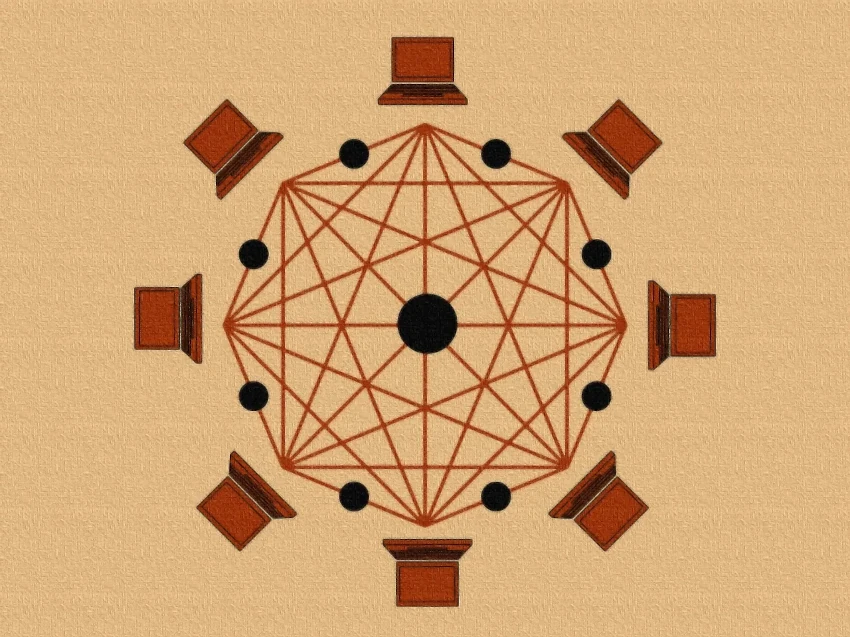Crypto currencies like bitcoin are all the rage these days and the financial world has been talking about blockchain for a while now. But how can we understand and explain these terms easily to someone. The best way to learn a concept is to think about how we will explain it to a child.
So here is an attempt, with a story that we all can understand and relate to.
Suppose there is a group of children in a class who want to use something valuable to exchange – when they do each other a favor or simply when they want to trade. For our story, let us go with pencils as a store of value for these children.

Now, each child in the class maintains a notebook – let us call this a ledger. In this ledger, they write down every transcation of exchange of pencils between any two children. You will notice here that no one is keeping a central record of their data, but this information is distributed in each ledger maintained by the child. So, we can call this a ‘Distributed Ledger’.
Because the children are working without a central authority, where everybody is equal, we can say that they are working in a peer-to-peer network. Even if a child leaves the school, the data of records is still intact with other children. When a new child joins the class she simply copies the ledger data from another child and once all the other children accept her to be added, she becomes one of the nodes in the network.
Once an entry is made in the ledger by a child, let us assume that it can never be altered. The only way to add or change an entry in the ledger is when all the children vote and agree to do it together. Therefore, the data is immutable.
Each and every child carries the same set of data in their own ledger which is the source of the truth. As we said before, the records are not centralized which means they are less chances of manipulation or loss of data, and that makes their system secure and resilient. It is also transparent as entire history of every record is avaliable for every child to see.

The requirement that all the children must agree that a new record is valid, before they add it to their own ledger, means that this system is working by Consensus Protocol. If a child creates a wront entry in their ledger that is different from the majority, they will have to change their record to comply with the network. There is no central authority here who is verifying that the records are valid.
Just to take this story a bit further, let’s consider that every transaction is now recorded with a timestamp and linked to the previous transaction using a unique code. This makes it difficult to manipulate any single record without modifying all the other previous recorded already validated by the children. So, the records (let us call them blocks) are chained to each other, forming what we can call as a blockchain.
Now, coming back to crypto currencies like bitcoin or ethereum, they all work on blockchain principles, highlighted above. They use a lot of computing power to store and verify the records, which the children did manually. Similar to how pencils served as an alternative store of value in our story, cryptocurrencies act as a digital store of value. The value of each coin or unit is determined by the demand and willingness of others to pay for it, just like the exchange of pencils was based on mutual agreement between the children.
What we have not talked about so far is the motivation for anyone to be part of this system. Be it the children in our story or the participants in crypto currency network, they all need an incentive. In our pencil story, let us say the child who first proves that the exchange of pencils is indeed a genunie transcation will get rewarded with a brand new pencil. Alternately, a group of children in the class can be selected to validate a set of transcations first and then they get a small reward. The remaining children in the class simply take the proof from the validators and update their ledger. These two methods, Proof-of-Work and Proof-of-Stake or used by Bitcon and Ethereum respectively. Both the methods will generate new currency that gets added to the ones in circulation.

The vast peer-to-peer network backing these currencies makes it very difficult for anyone to control or tamper with the blockchain. The decentralized and distributed nature of the ledger ensures transparency and trust.
This story of pencils and ledger of records by the children is an example of how the cyrpto currencies like bitcoin work based on the blockchain technology. Hope you find this narrative useful !!
